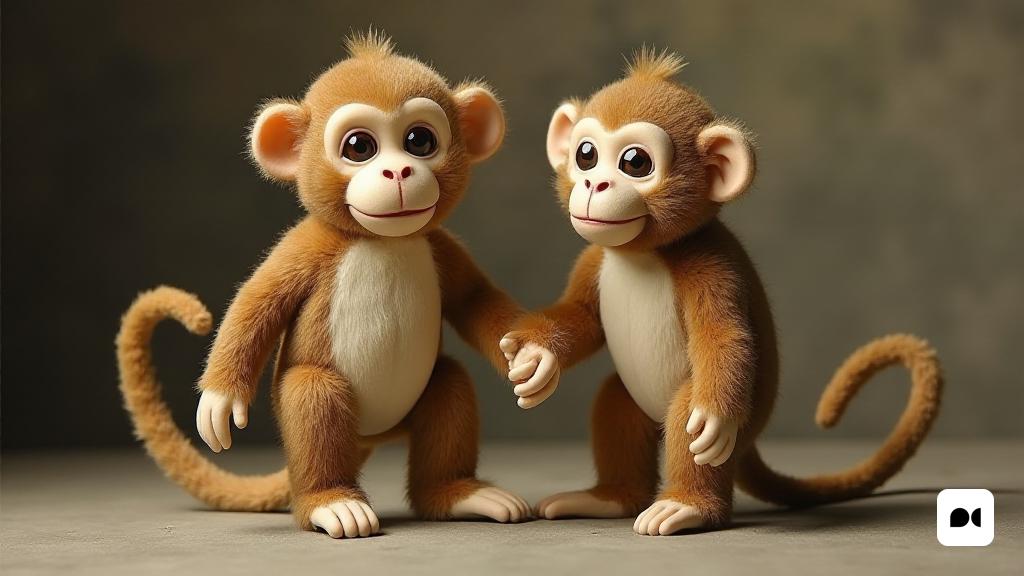Remembering the monkeys of old
Stirring between old photo albums, I find an image that evokes my childhood memories, with two roll monkeys adorning my arms. At that moment, between innocence and a timid joy, he celebrated Easter Florida. Now, I am surprised to see how these traditions have evolved over fifty years, from being a simple memory to a new way of celebrating.
The rise of chocolate eggs
In the past, chocolate eggs, which we consider today to be essential in the mona, were a scarce luxury, present only at the tables of some wealthy families or in the most exclusive pastry showcases. It was with the rebirth of Catalan traditions, in a time of political optimism, when the monkeys began to incorporate eggs in a quantity proportional to the age of the Fillol, symbolizing a deeper union between godparents and children.
The post -war pastry revolution
During the postwar period, Catalan bakery underwent a significant transformation, possibly influenced by international aid such as the Marshall Plan. This is how I was born what I call the ‘Mona of the 20th century’, a cake that amalgamated the European style with our local tradition. A cylinder of cake, covered with pastry cream and adorned with laminated almonds, became the favorite gift of the godparents, accompanied by colorful plumes and candied cherries.
An egg of Xocolate with Symbolism
The pastry shop, perhaps in an attempt to pay tribute to traditional roots or simply to justify a higher price, began to place a chocolate egg in the center of each monkey. This egg, variable in size, became an indicator of the godfather’s economic status, and soon other chocolate figures such as roosters and rabbits made their appearance.
The impact of modernity on tradition
With the entry of Catalonia into a process of modernization and Europeanization, the Mona experienced a new stage. The cake that was formerly the foundation of the celebration began to decrease in importance, becoming a simple support for more and more extravagant chocolate figures. This tendency reflected a clear division between those who had resources and those who sought to follow the ritornell of the tradition.
The diversion of traditions
The Pasqual tradition began to be affected by the influence of pop culture and brands such as Disney, which transformed the essence of the celebration into a commercial ostentation. Instead of keeping the traditional circle alive with as many eggs as it was the receiver, the mona has become a product of more consumption, moving away from its original meaning.
Reflections on the Mona future
As we go back in time, it becomes clear that traditions evolve, but it is vital that we do not forget their deep meaning. The mona, more than a simple sweet, is a symbol of family and cultural connection that deserves to be preserved and reinterpreted, without losing sight of its roots.

